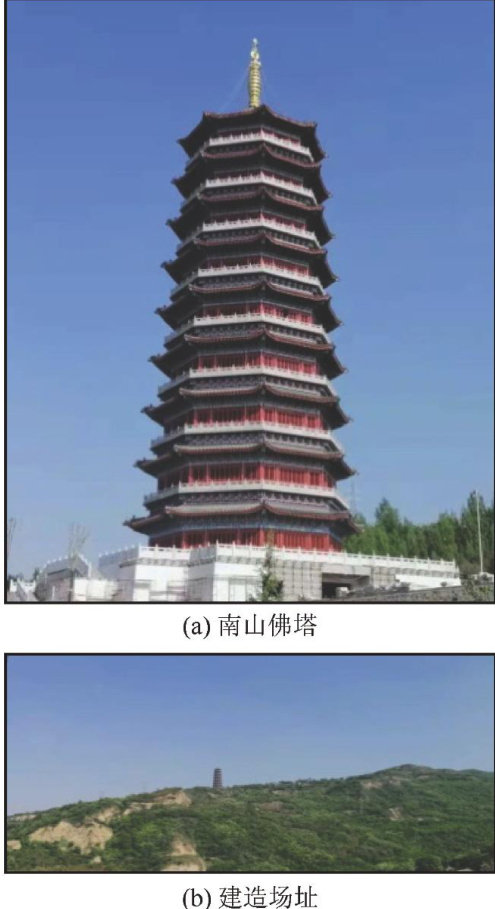南山佛法身舍利塔动力弹塑性分析


打开文本图片集
中图分类号:TU973.12 文献标志码:A 文章编号:1000-0844(2025)05—1076—14DOI:10.20000/j.1000-0844.20240119001
Abstract: The Nanshan Buddhist Body Relic Pagoda is a newly constructed heritage-style landmark within Nanguo Temple,a national 4A-level tourist attraction. This reinforced concrete and steel reinforced concrete composite frame-core wall system,designed for a service life of 100 years,initially lacked full consideration of site conditions and design lifespan in its rare-earthquake design. Using MIDAS Gen,this study established a finite element model and conducted adjusted dynamic elastic/elastoplastic time-history analyses on the structure under three seismic waves (two natural and one artificial). Fiber models were employed for elastoplastic analysis to evaluate its shear forces,overturning moments,deformations, yielding states, hysteretic energy dissipation,and overall energy response. The results demonstrate the following:(1) story stiffness variations correspond to the structural layout and member configuration;(2) elastoplastic story drift ratios all satisfy the code limit of 1/100 , with peak values corresponding to the structural arrangement;(3) the core-tube shear wals exhibit moderate yielding and substantial energy dissipation,whereas the outer frames show minimal yielding;and (4) superior seismic energy dissipation capacity of the structure ensures strong earthquake resistance. Analysis confirms that, despite initial design limitations,the Nanshan Pagoda's improved seismic design and detailing provide reliable safety and excellent seismic performance,providing valuable guidance for similar structures.
Keywords: Nanshan Pagoda; dynamic elastoplastic analysis; rare earthquake; seismic performance;seismic response
0 引言
大震中,建筑结构必然会部分或全部进入弹塑性工作阶段,其地震响应处于非线性状态[]。(剩余15854字)